Pine Needle Removal for Tree Health
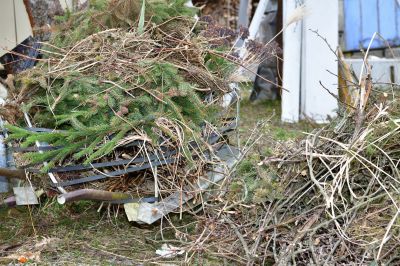
Spring is an ideal time for pine needle removals to prepare landscapes for the growing season.
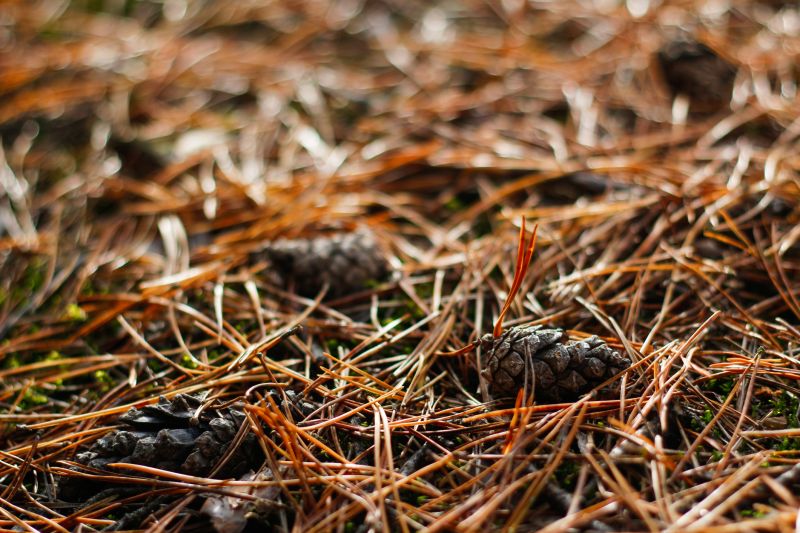
Removing needles in fall helps reduce debris and prevents buildup during winter.
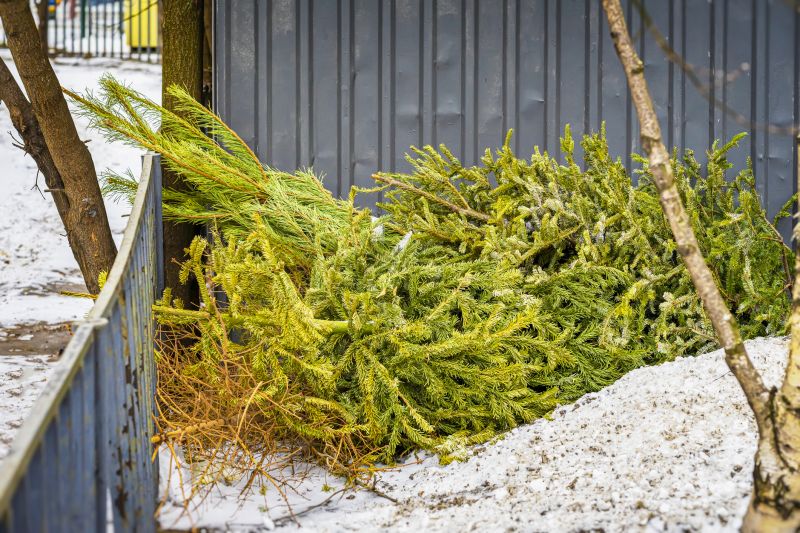
While less common, winter removals can be performed in milder climates to manage needle accumulation.

Ways to make Pine Needle Removals work in tight or awkward layouts.
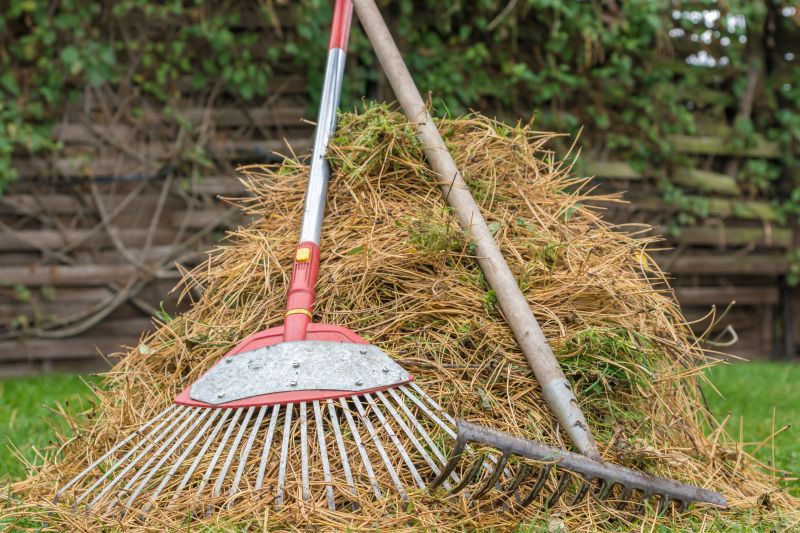
Popular materials for Pine Needle Removals and why they hold up over time.
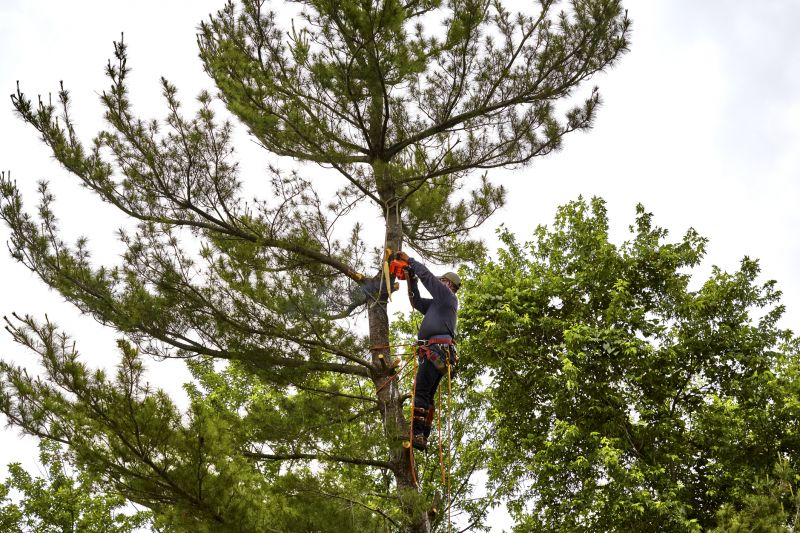
Simple add-ons that improve Pine Needle Removals without blowing the budget.

High-end options that actually feel worth it for Pine Needle Removals.

Finishes and colors that play nicely with Pine Needle Removals.
Pine needle removals are essential for maintaining the health and aesthetics of pine trees and surrounding landscapes. Needle shedding occurs naturally, but excessive accumulation can lead to issues such as pest infestations, fungal growth, and increased fire risk. Proper timing of removals ensures that debris is managed effectively without disrupting the tree's growth cycle.
Timing removals according to seasonal shedding patterns optimizes results and reduces environmental stress on trees.
Pine trees typically shed needles annually, with peak shedding often occurring in late fall and early winter.
Local climate influences the best timing for removals, with milder regions allowing more flexible scheduling.
Performing removals during dry, mild weather minimizes risks associated with wet or icy conditions.
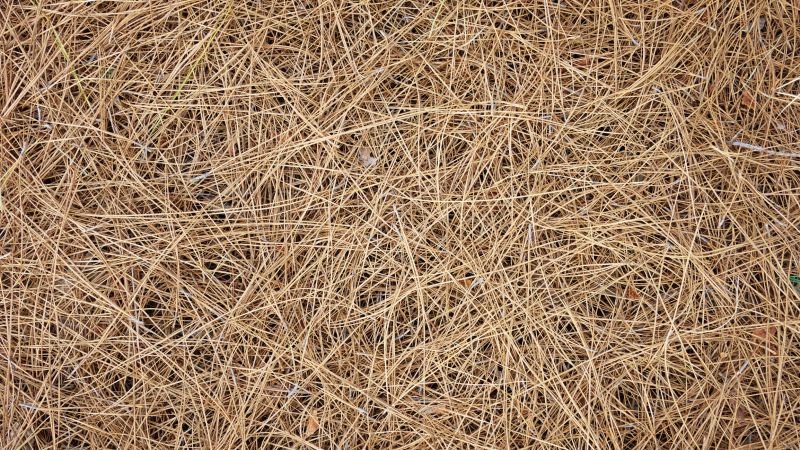
Pine needles naturally shed, accumulating on the ground and requiring removal for landscape health.
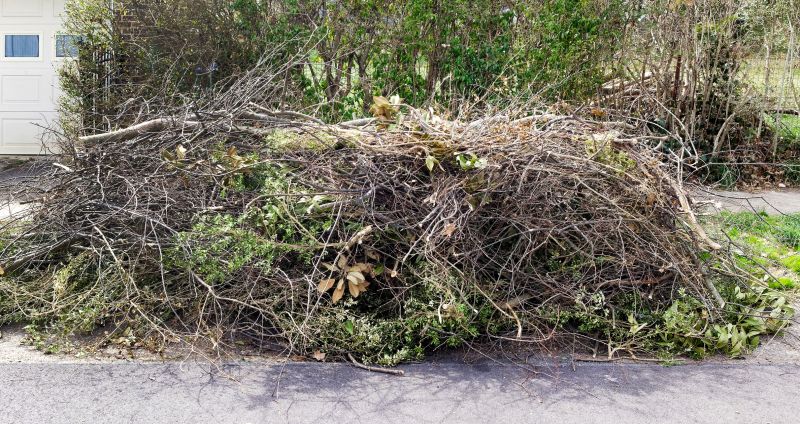
Timely removal prevents buildup that can cause fire hazards or pest issues.
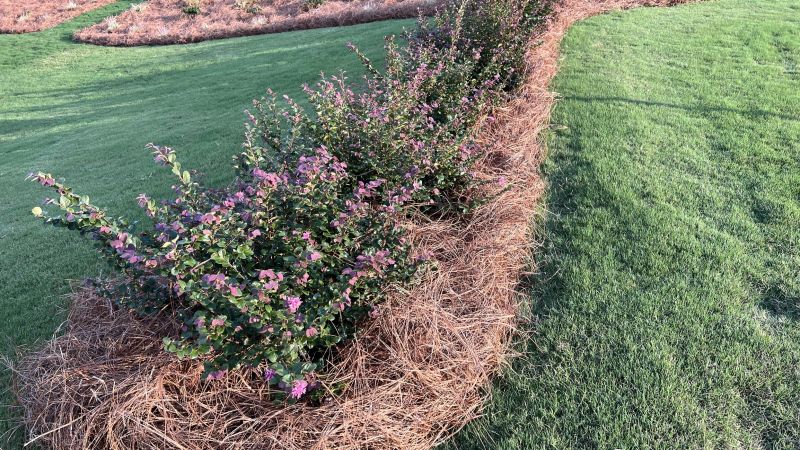
Removing needles maintains a tidy appearance and promotes healthy growth.
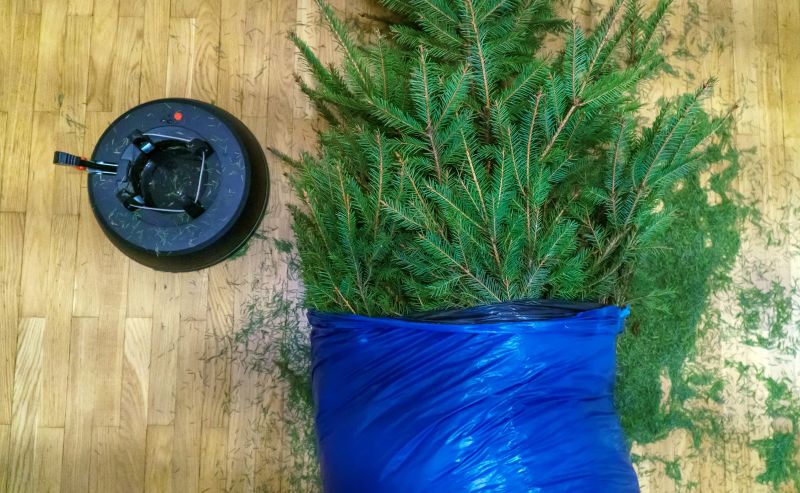
Little measurements that prevent headaches on Pine Needle Removals day.
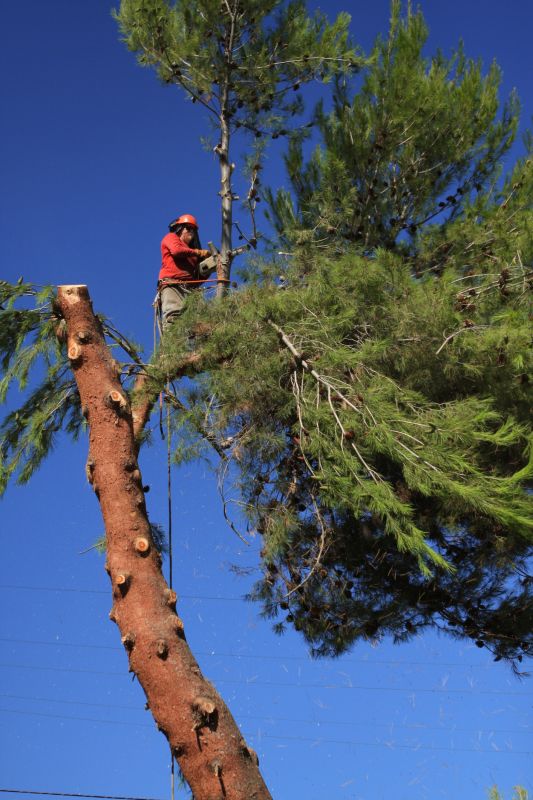
Clearing needle debris lowers the risk of fire ignition in dry seasons.

Removing accumulated needles can help prevent pest infestations like pine beetles.
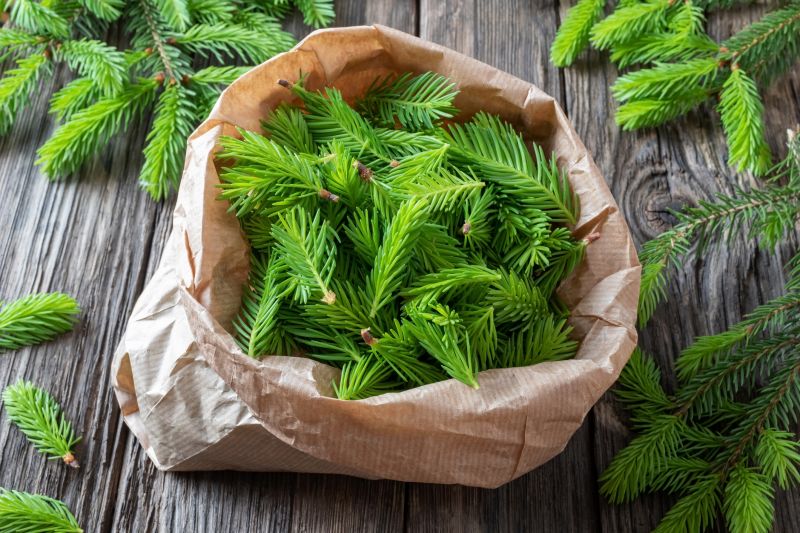
Removing needles allows for better soil management and nutrient control.
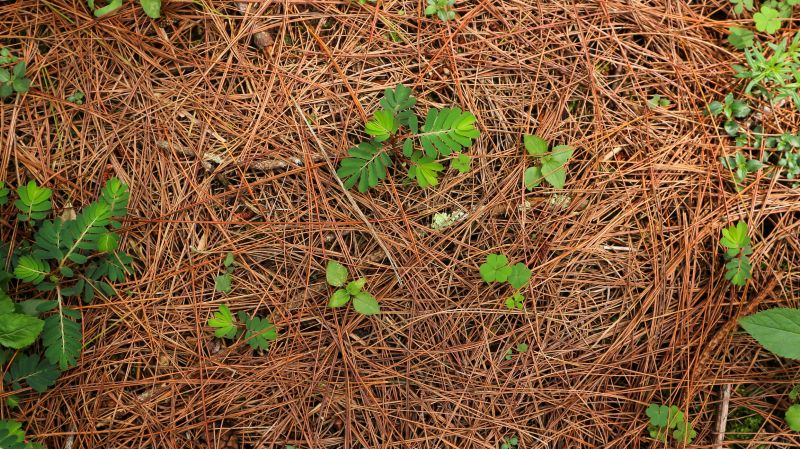
Establishing a regular removal schedule ensures consistent landscape care.
| Season | Recommended Timing |
|---|---|
| Spring | Late March to early April |
| Summer | Mid to late summer if needed |
| Fall | Late October to November |
| Winter | December to February in milder climates |
Understanding the natural shedding patterns of pine trees helps determine the most effective times for needle removal. Proper timing not only enhances landscape appearance but also supports tree health and safety. Regular maintenance aligned with seasonal changes can prevent issues related to debris buildup, pests, and fire hazards.
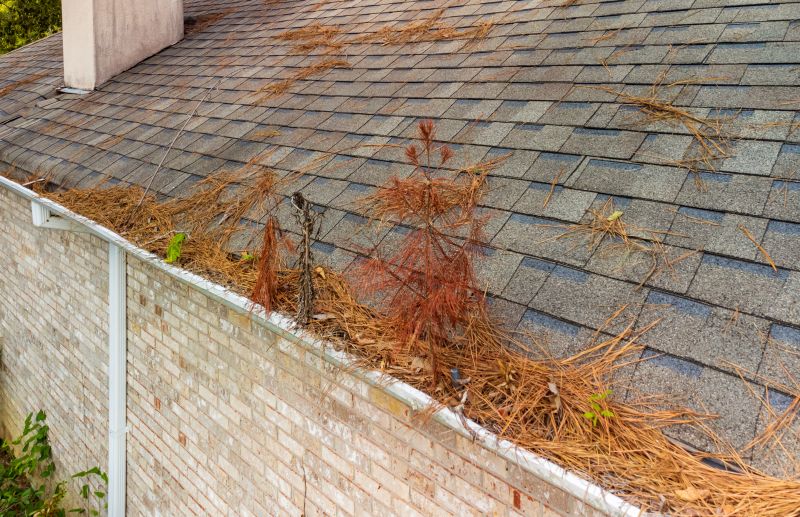
Accumulated needles can smother grass and other plants, impacting landscape vitality.
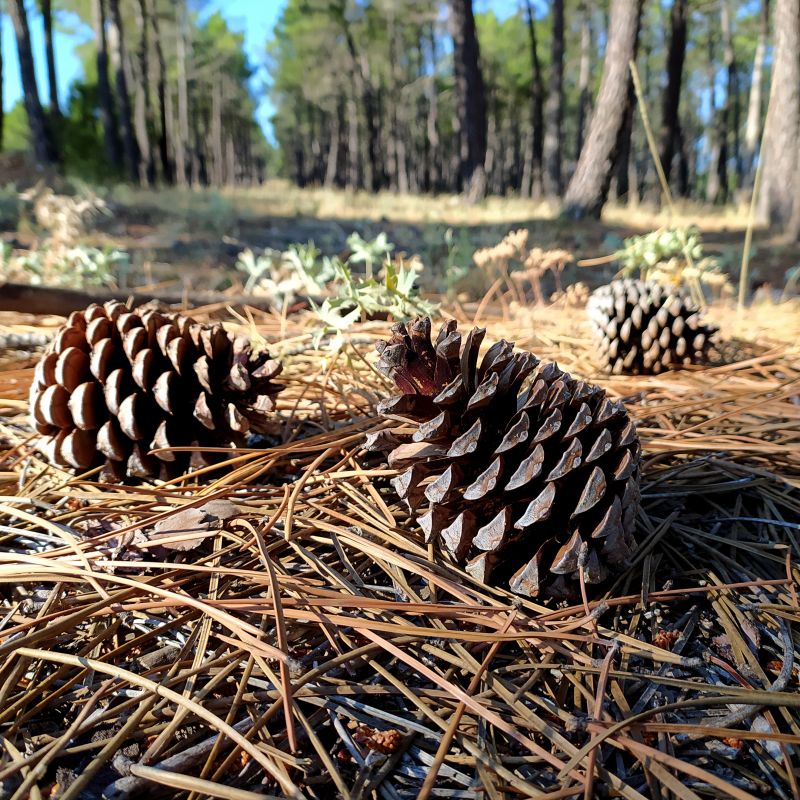
Disposing of removed needles correctly prevents pest habitats and fire risks.
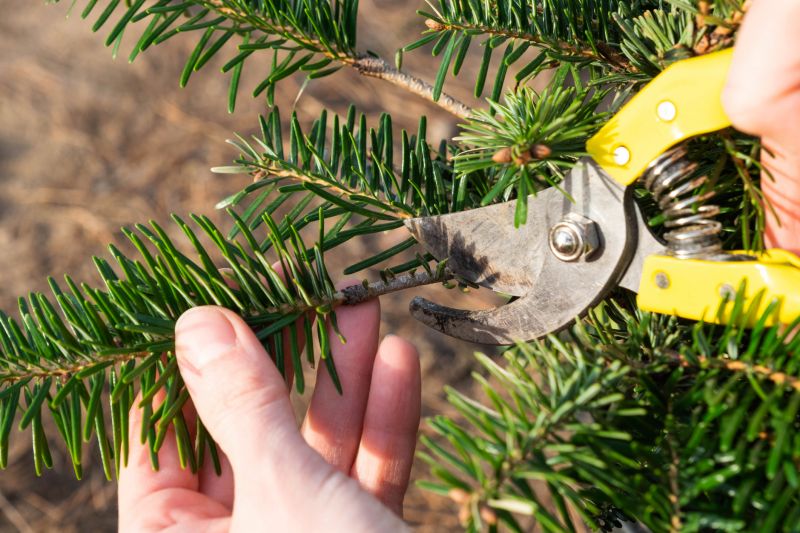
Specialized tools facilitate efficient needle removal without damaging trees.

A 60-second routine that keeps Pine Needle Removals looking new.
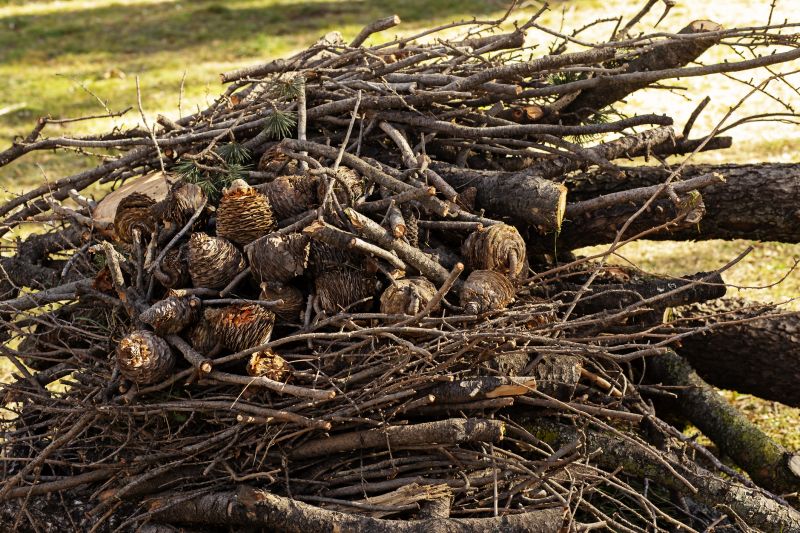
A frequent mistake in Pine Needle Removals and how to dodge it.
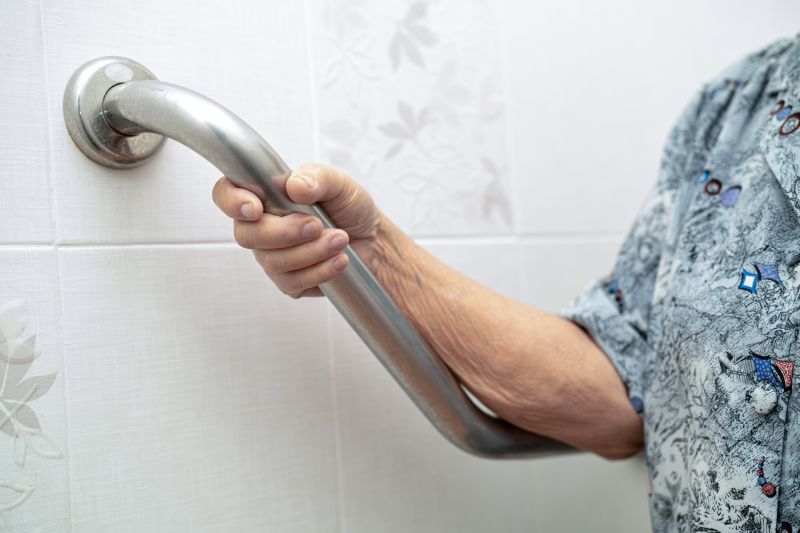
Small tweaks to make Pine Needle Removals safer and easier to use.
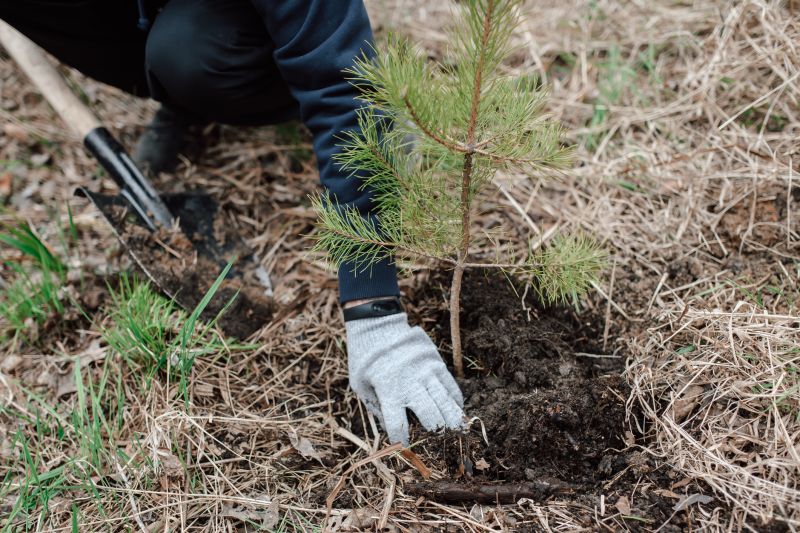
Lower-waste or water-saving choices for Pine Needle Removals.
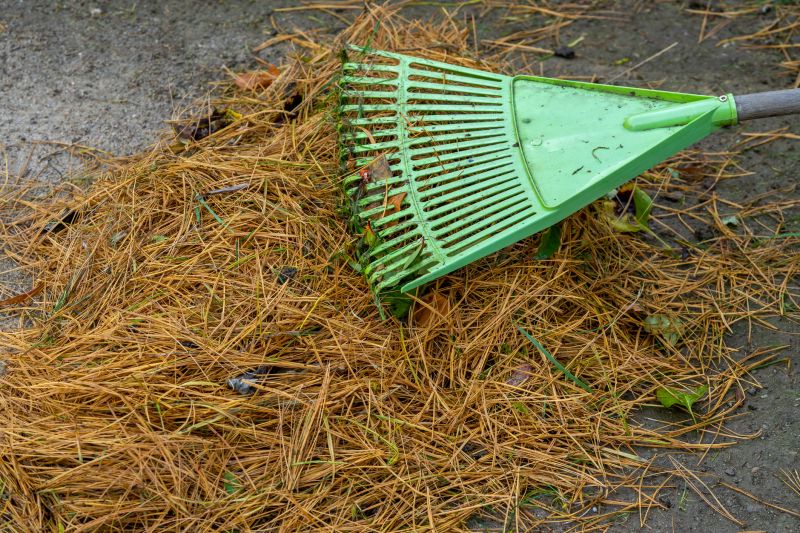
The short, realistic tool list for quality Pine Needle Removals.
Interested in scheduling pine needle removals? Filling out the contact form can provide more information and assistance tailored to specific landscape needs.



